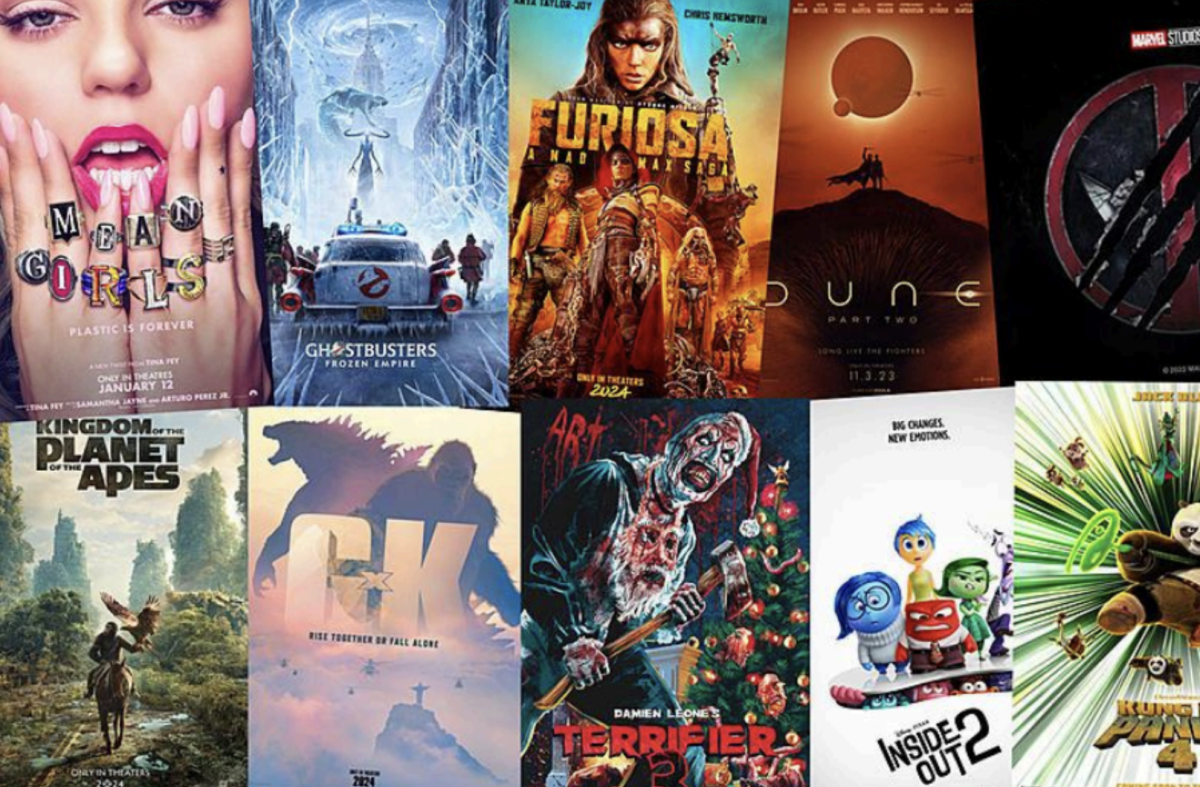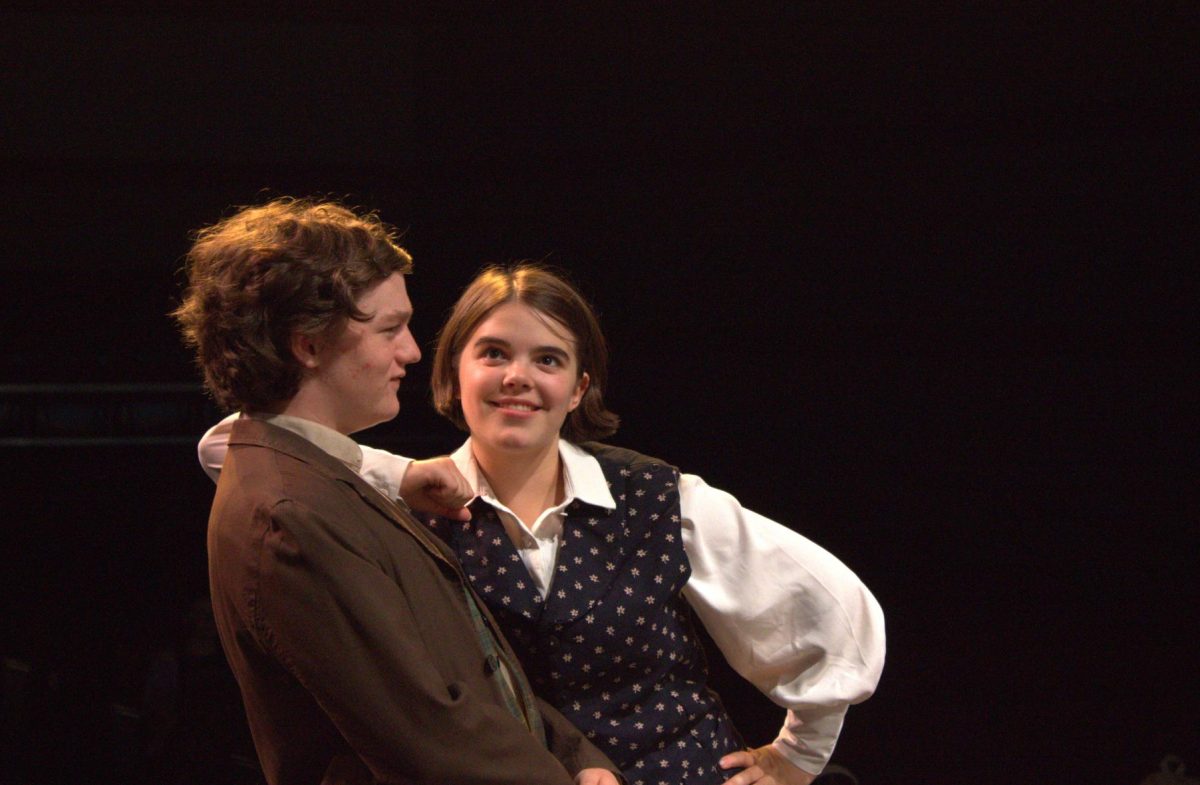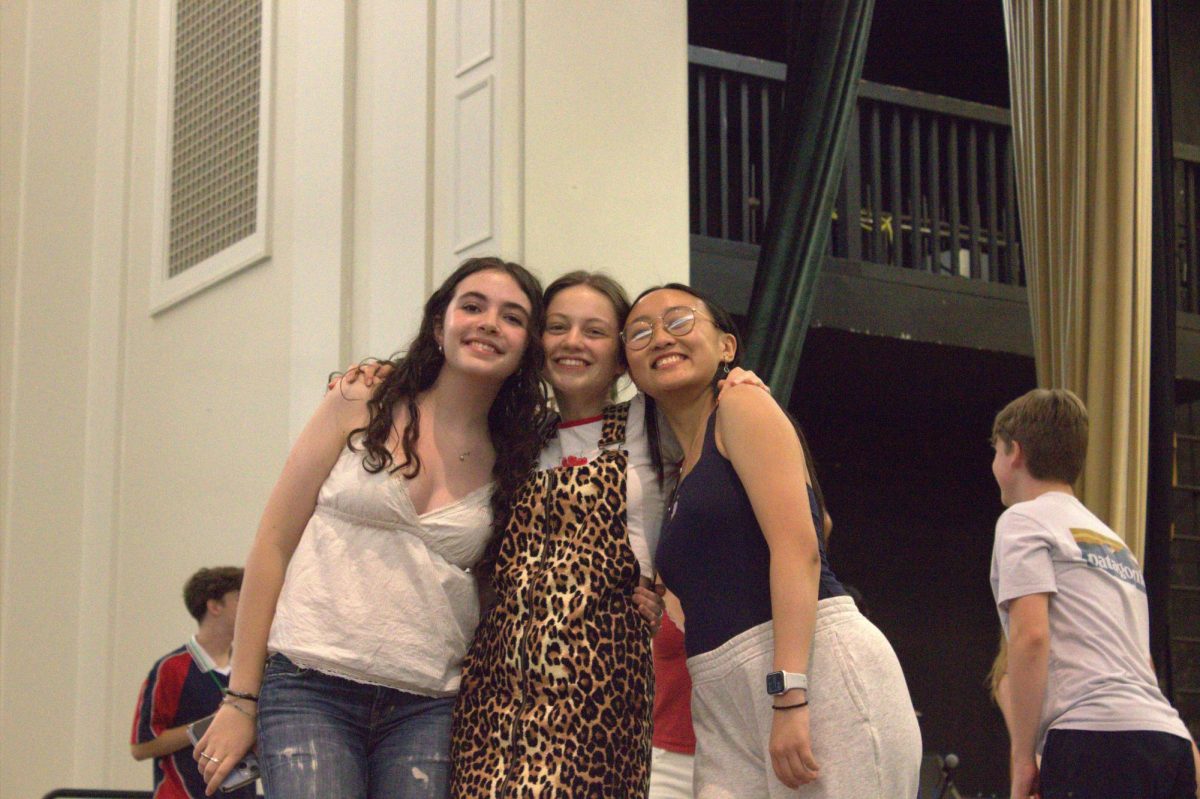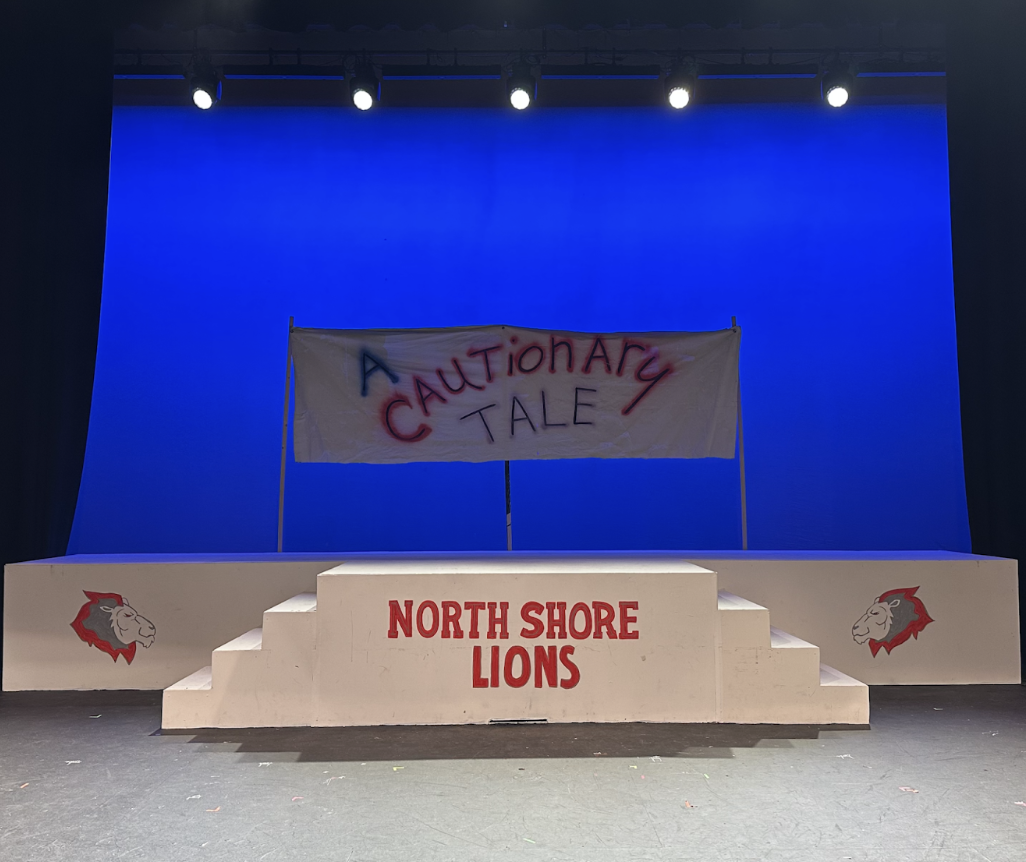Have you ever walked into a movie theater, excited to watch a sequel or spin off of a classic movie, only for it to be underwhelming? This is how a majority of the audience felt during the release of the new Mean Girls adaptation that came out earlier this year. The remake of the classic 2004 film that incorporated a new cast of actors and Broadway elements was met with criticism for failing to live up to and pay homage to its cult classic original. This adaptation is one of the countless movie sequels that has received more criticism than love from its audience.
So, why do so many movie sequels fail to live up to their predecessors?
“For the original, the studio will hire a really famous director,” said theater and film teacher Kate Morgens. “Then for the sequel, that famous director isn’t available anymore. So, the sequels tend to be bad because the new director isn’t as skilled.”
An example of this can be seen in the movie Jaws and its sequels, Jaws 2, Jaws 3D, and Jaws: The Revenge. Film critic John Simon argued that Jeannot Szwarc, director of Jaws 2, had “none of Steven Spielberg’s manipulative cleverness.” The original movie was directed by Steven Spielberg, known for his works such as Schindler’s List and Catch Me If You Can. The film became an instant classic, receiving widespread acclaim. Universal Pictures aimed to commercialize the plot, ultimately deciding to film sequels. However, after the first Jaws movie, Spielberg explained that he thought he had made the “definitive shark movie,” and refused to direct the sequels. With the hiring of a new director came the decline of the ratings and performance of the films.
Another reason for the failure of sequels could also be attributed to a decline in creativity.
“The first movie had this great amazing new idea,” said Morgens, “and once the new idea is out in the world, two and three can’t live up to it, because the ‘new idea’ is used already.” Having to come up with something creative and new while still having it in accord with the plot and theme of the original film tends to put a cap on how creative the filmmakers can be.
This issue is widely present throughout horror movies. Horror movies are relatively easier for film producers to make sequels and spinoffs due to the popular and demanding market for movies of this genre. This results in some ridiculously long horror movie series, such as The Texas Chainsaw Massacre, which has eight sequels, and Child’s Play, which has seven.
“You’ve seen a bloody thing then you’ve seen the next bloody thing” said Morgens. “To me, they’re just not interesting. What’s important to me is new ideas in horror movies.”
The previous examples and their train of sequels also highlight another problem in movie sequels: they have become driven by financial motivations instead of creative ones. Sequels are a relatively safe way for the film production industry to ensure profit, as they can rely on the reputation of the original and their existing fanbase. This naturally takes away from the effort put behind these movies, reducing the quality drastically and making them lose the meaning behind the original story.
So what makes for a good movie sequel?
“A lot of movies that don’t have a complete ending in the first movie, a cliffhanger, makes people want to see the sequel right off the bat,” said sophomore Mary Bowes Dierdroff.
Marvel has used cliffhangers and connections between their films to their advantage, ensuring the success of their sequels. By connecting characters and storylines throughout different movies and always leaving a cliffhanger, Marvel succeeds at creating anticipation within the audience for future movies. By forming a complicated network of films, the stories told in them are not just isolated tales, but part of a continuously developing major storyline. This not only guarantees commercial success, but also engagement and expansion within the fanbase.
Another factor that contributes to the success of a movie sequel is if the original had built a very dedicated fanbase. When a sequel is coming out for a movie with a strong following, it gains a lot of traction and provides a sense of nostalgia for the audience of the original.
Morgens mentions Bridget Jones’ Diary as an example.
“Renee Zellweger, Colin Firth and Hugh Grant are such a funny group of actors, but also the story of the original was so interesting, compelling, and endearing to a certain group of people, so they’re eager to see what happens next in the story.”
Some believe that the key to a successful sequel is to maintain the traits of its predecessor.
“You can’t try to completely do a new thing or the people who came to see something like the original will be like, ‘what happened?’” said junior Virginia Willis.
Willis had a positive review of the new sequel to Inside Out.
“I liked it,” she said. “I don’t know if it was because of the actual plot or because I just liked the original movie so much.”
Focusing on creating nostalgia, however, can also be seen as a flaw to movie sequels. If the sequel focuses too much on appealing to its older audience and creating nostalgia, it could lose its focus on the quality and fail to attract a newer fanbase.
When it came to Inside Out 2, Dierdroff had a completely different opinion.
“I thought that it didn’t need to exist,” she said. “The original movie told what needed to be told. Disney focused too much on appeasing the older audience that watched it when they were younger, instead of focusing on the message and relaying it to a broader audience.”
In conclusion, the downfall of movie sequels can be attributed to many reasons, including a change in directors, a limitation of creativity, and placing the focus on making a profit. The “success” of movie sequels are subjective, however, and can vary amongst different people. The ultimate success or failure of a sequel is up to the viewer’s personal interpretation.
Edited by Kavya Athota






